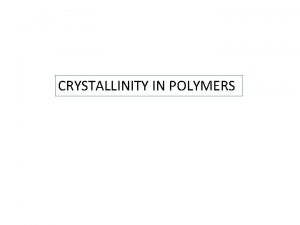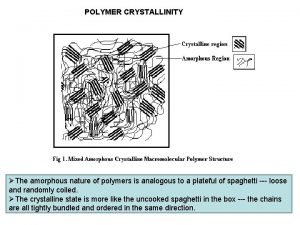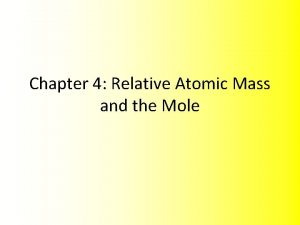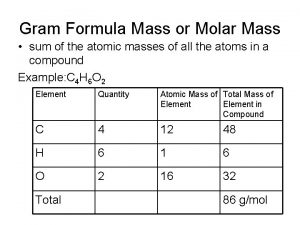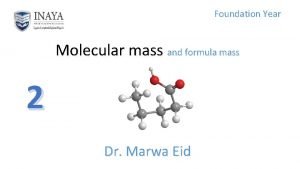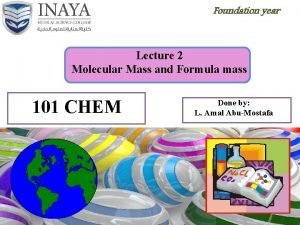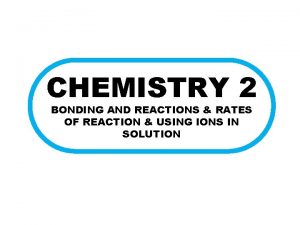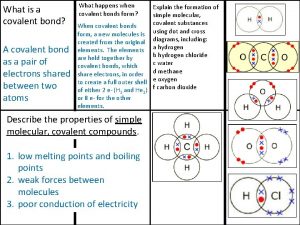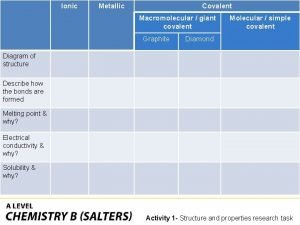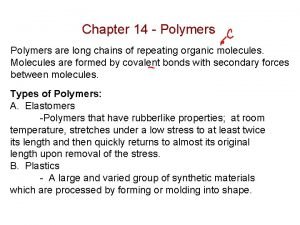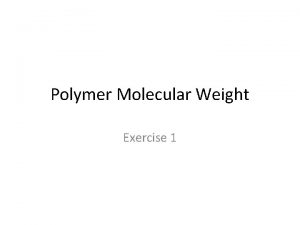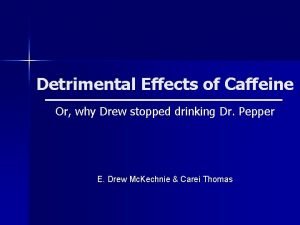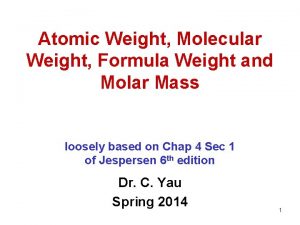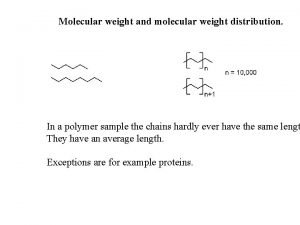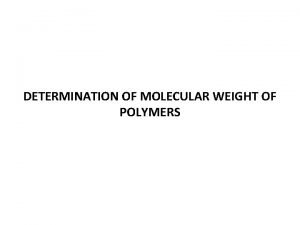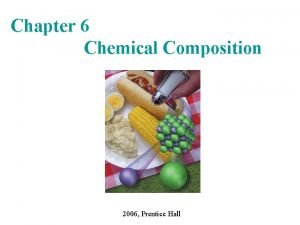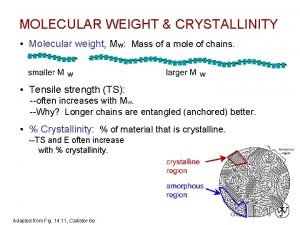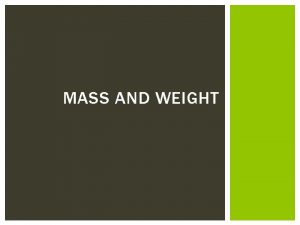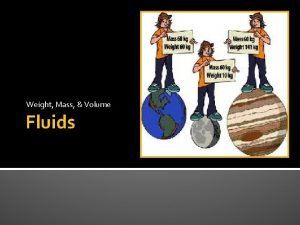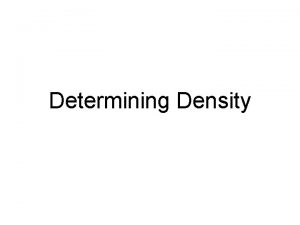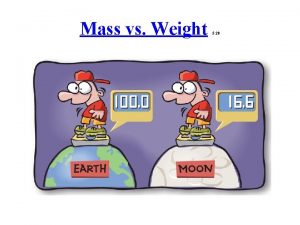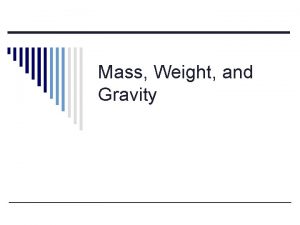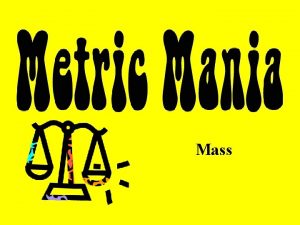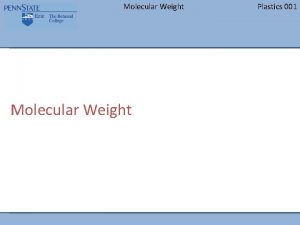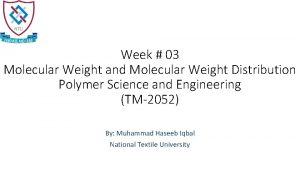MOLECULAR WEIGHT CRYSTALLINITY Molecular weight Mw Mass of
















- Slides: 16

MOLECULAR WEIGHT & CRYSTALLINITY • Molecular weight, Mw: Mass of a mole of chains. • Tensile strength (TS): --often increases with Mw. --Why? Longer chains are entangled (anchored) better. • % Crystallinity: % of material that is crystalline. --TS and E often increase with % crystallinity. Chapter 14/15 - 3 Adapted from Fig. 14. 11, Callister 6 e.

Chapter 14/15 -

Chapter 14/15 -

Chapter 14/15 -

Chapter 14/15 -

TENSILE RESPONSE: BRITTLE & PLASTIC A highly orientad structure is produced Stress-strain curves adapted from Fig. 15. 1, Callister 6 e. Chapter 14/15 - 4

TENSILE RESPONSE: ELASTOMER CASE Stress-strain curves adapted from Fig. 15. 1, Callister 6 e. Inset figures along elastomer curve (green) adapted from Fig. 15. 14, Callister 6 e. (Fig. 15. 14 is from Z. D. Jastrzebski, The Nature and Properties of Engineering Materials, 3 rd ed. , John Wiley and Sons, 1987. ) Chapter 14/15 - 6

PREDEFORMATION BY DRAWING • Drawing. . . --stretches the polymer prior to use --aligns chains to the stretching direction • Results of drawing: --increases the elastic modulus (E) in the stretching dir. --increases the tensile strength (TS) in the stretching dir. --decreases ductility (%EL) • Annealing after drawing. . . --decreases alignment --reverses effects of drawing. Adapted from Fig. 15. 12, Callister 6 e. (Fig. 15. 12 is from J. M. Schultz, Polymer Materials Science, Prentice-Hall, Inc. , 1974, pp. 500 -501. ) • Compare to cold working in metals! Chapter 14/15 - 5

T AND STRAIN RATE: THERMOPLASTICS • Decreasing T. . . --increases E --increases TS --decreases %EL • Increasing strain rate. . . --same effects as decreasing T. Adapted from Fig. 15. 3, Callister 6 e. (Fig. 15. 3 is from T. S. Carswell and J. K. Nason, 'Effect of Environmental Conditions on the Mechanical Properties of Organic Plastics", Symposium on Plastics, American Society for Testing and Materials, Philadelphia, PA, 1944. ) Chapter 14/15 - 8

For relatively small deformations, the mechanical behaviour at low temperatures may be elastic; at the highest temperatures, viscous behaviour prevails, for intermediate temperatures the polymer is a rubbery solid that exhibits the combined mechanical properties, the condition is termed viscoelasticity. Chapter 14/15 -

*The magnitude of Er(t) decreases with time. *The curves are displaced to lower Er(t) levels with increasing temperature. Chapter 14/15 -

Chapter 14/15 -

Chapter 14/15 -

Chapter 14/15 -

Chapter 14/15 -

SUMMARY • General drawbacks to polymers: -- E, sy, Tapplication are generally small. -- Deformation is often T and time dependent. -- Result: polymers benefit from composite reinforcement. • Thermoplastics (PE, PS, PP, PC): -- Smaller E, sy, Tapplication -- Easier to form and recycle • Elastomers (rubber): -- Large reversible strains! • Thermosets (epoxies, polyesters): -- Larger E, sy, Tapplication Chapter 14/15 - 10
 Factors affecting crystallinity in polymers
Factors affecting crystallinity in polymers Crystallinity
Crystallinity Co2 relative molecular mass
Co2 relative molecular mass Formula mass
Formula mass Cl- molar mass
Cl- molar mass Formula mass vs molecular mass
Formula mass vs molecular mass Giant molecular structure vs simple molecular structure
Giant molecular structure vs simple molecular structure Covalent bond melting point
Covalent bond melting point Ionic covalent metallic
Ionic covalent metallic Tincture of orange is prepared by which process
Tincture of orange is prepared by which process Molecular weight units
Molecular weight units Number-average molecular weight
Number-average molecular weight Netmegs
Netmegs Molecular weight unit
Molecular weight unit Number-average molecular weight
Number-average molecular weight End group analysis
End group analysis Molecular mass of sodium hydroxide
Molecular mass of sodium hydroxide
